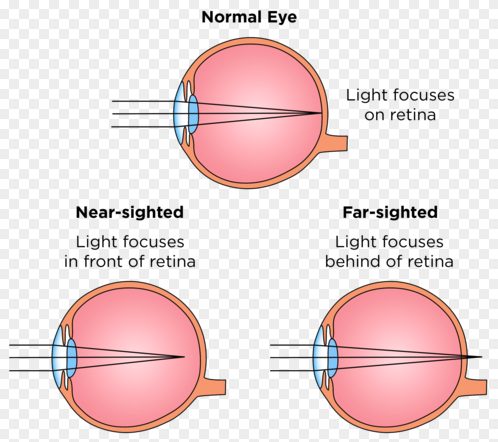near sighted vs far sighted test
Nearsightedness Vs Farsightedness. As a result light is no longer focused as precisely on your retina as it should be and focuses instead on the area in front of your retina.
Home Vision Health Fitness Assessment Eye Advisory
These numbers can use decimals to get even more specific usually dividing into quarters.
. As you might expect farsightedness is the opposite of nearsightedness. It is dome-shaped enabling it to refract light onto the retina. Nearly 42 of Americans ages 12-54 are nearsighted myopia.
If the cornea is too flat it refracts light behind the retina causing near objects to appear blurry. Millions of people struggle with seeing objects either up close or far away. If you are nearsighted you may be able to see objects closer to your face while objects farther away will appear blurry.
If you are farsighted objects father away may appear more clear but objects closer to. Medically referred to as hyperopia farsightedness occurs when light is focused behind the retina instead of directly on it. The cornea is the clear outer part of the eyeball that focuses light helping you see clearly.
Meanwhile being farsighted means you have difficulty seeing objects from a close distance and objects at a far distance are easier to see and clear. This happens when the eye cannot focus light properly on the retina which is the light-sensitive tissue lining the back of the eye. For those who are nearsighted their cornea and eyes are too long resulting in light refracted in front of the retina.
Normal vision is measured as a 0 nearsightedness as -1 2 3 and so on and farsightedness as 1 2 3 etc. The main biological difference associated with being nearsighted and farsighted is that in nearsighted individuals images are focussed in the front of the retina whereas in those who are. People with near-sightedness might need eyeglasses contact lenses.
It is also known as myopia. The majority of individuals are unaware of how they may affect their vision and if there will be any future issues that they will have to deal with. Then start the test by reading a few pages of a book.
If youre far-sighted you see really well. The main difference between nearsightedness and farsightedness is how well you can see objects. Now try looking at objects in the distance of about 10 feet a poster on your wall or the street.
The Facts About Farsightedness. Near-sighted Myopia People who have near-sightedness also known as myopia can see close-up objects clearly while distant objects appear blurry. They share certain symptoms such as eye strain headaches and squinting.
13 Common signs of hyperopia include difficulty concentrating and. The difference between nearsighted and farsighted has to do with the relationship between the physical length of the eye the length of the eyes axis and the optical length a more complicated factor. Near sightedness is known by the medical term myopia.
This condition can be caused because of several issues but basically it means that light allowed. Conversely nearsightedness makes distant objects look blurry while farsightedness blurs objects that are close to you. Nearsightedness is estimated to be around 20-30 more common among the American population than farsightedness.
When youre near-sighted your ability to see is better if an object is very close. 12 Distant objects can be seen clearly but close ones do not come into proper focusyour eye cant correctly focus the light that enters. Your risk for myopia increases slightly if others in your family have it as there is a genetic element that is a factor.
If you are a math or science aficionado we invite you to visit the Optical Path Length Page posted by the International Society for Optics. Farsightedness is based on the shape of the eye. Once the retina receives the light it passes it off the optic.
According to the National Eye Institute over 150 million. Farsightedness also called hyperopia means that you can clearly see objects far away but have difficulty in seeing close objects clearly. Usually though their near distance vision is fairly good hence the name.
We asked eye experts about being farsighted vs. In this video Mr. Nearsightedness can also be caused by the curvature of the lens of the eye.
Different from being nearsighted a far-sighted person will be able to see things faraway but objects nearby will appear blurry. Objects that are far away are much harder for patients diagnosed with near sightedness to see. This is an increase from 25 percent in 1971.
In this article we are going to cover the difference. For those who are farsighted their cornea and eyes are too short so. So for example an extremely nearsighted person might have a prescription labeled -525 for both eyes.
Being nearsighted means you can easily see objects from a close distance but. In short nearsightedness means the ability to see things nearby with relative clarity while farsightedness is the ability to only clearly see objects that are. The medical term for farsightedness is hyperopia.
The biggest difference between nearsighted and farsighted vision is where objects appear in focus. Farsightedness is caused by a flat cornea or if the eyeball is too short. Swarthout goes over the difference between farsightedness and nearsightedness.
Farsightedness hyperopia is far less common. If the words look blurry or you develop a headache after reading you may be farsighted. There may be a genetic component to nearsightedness.
In many ways they are reflections of one anothertheyre the same type of problem taking a slightly different shape. Farsightedness is the opposite of nearsightedness. 1193052383 Klaus VedfeltGetty Images.
Farsightedness is the way that the cornea and lens are shaped which affects how light is refracted. It affects just 5-10 of people in the US. The most significant difference in nearsightedness vs.
Included is a description of why this vision problem occurs. Not only will you find the popular distance vision test with the black letters on a white background you will also find a number of tests to help you better understand yourself and anticipate. Farsightedness also referred to as hyperopia is a condition where things that are near are harder to see compared to things that are a further distance away.
These online tests are just what you are looking for. Farsightedness also occurs when the eyeball is short. Being nearsighted means you can easily see objects from a close distance but seeing objects at a far distance is difficult and blurry.
If the words look blurry or you develop a headache after reading you may be farsighted. Nearsightedness is most commonly caused by an unnatural curvature of the eyes cornea. If the lens is too curved this will throw off your focusing point as well.
According to the National Eye Institute nearsightedness is most commonly diagnosed between the ages of 8 and 12. The cornea and lens are the part of the eye that refracts incoming light into the retina. Near-sightedness occurs when the eyeball is too long causing light rays to achieve a point of focus before they reach the retina.
Nearsighted people see close-up objects more clearly while farsighted people see things in the distance more clearly. It affects just 5-10 of people in the US. Nearsightedness and farsightedness are both refractive errors caused by the shape of the eyeball or the curvature of the cornea.

Can You Be Nearsighted In One Eye And Farsighted In The Other

Am I Nearsighted Or Farsighted Eyeq
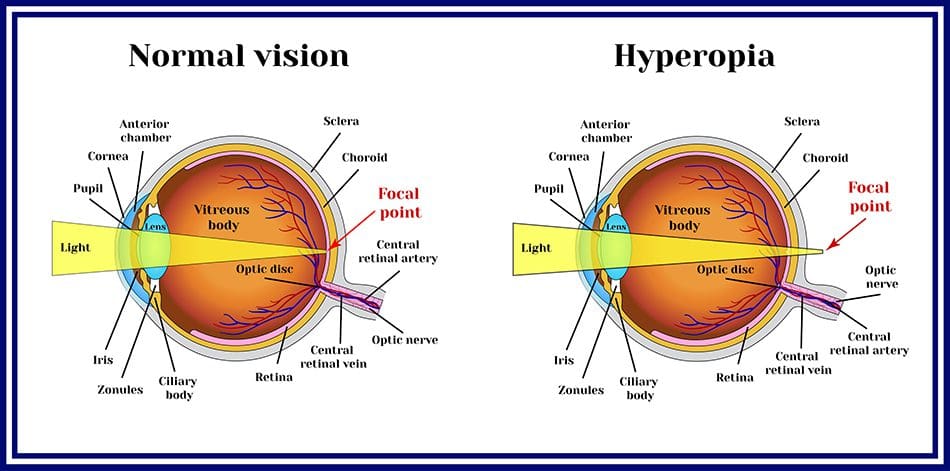
How To Tell If You Are Farsighted 5 Quick Steps Nvision Eye Centers
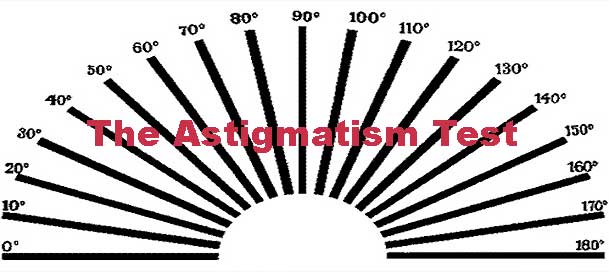
How To Test If You Need Astigmatism Correction For Normalized Prescriptions Endmyopia

Red Green Test Garcia De Oteyza

What Is Visual Acuity Tests Charts Scores Explained

Eye Exams For Kids And Teens La Jolla Ca Del Mar Ca

Understanding Your Vision Nearsightedness Farsightedness Astigmatism
/eyeexam-02a99ca547ec4bbc929a8d402c3e4013.jpg)
Farsightedness Overview And More
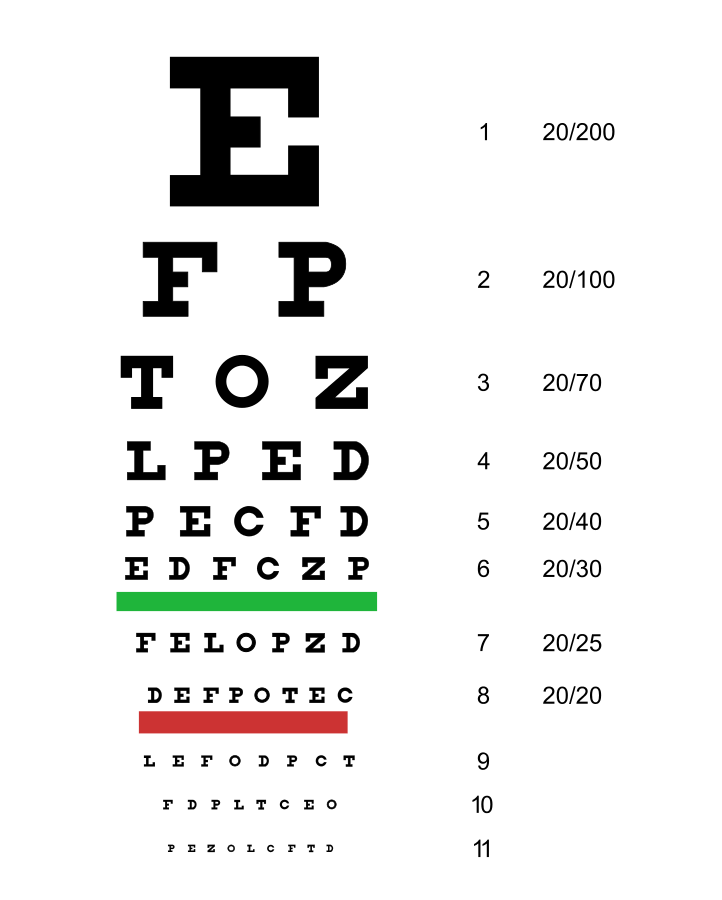
What S Involved In A Test For Nearsightedness And Farsightedness Zobaczyc Jutro
What Is The Red Green Duochrome Test Quora

Are You Nearsighted Or Farsighted Eyeque The Leader In Smartphone Vision Tests

5 Ways To Test Your Vision Now Bellaire Family Eye Care
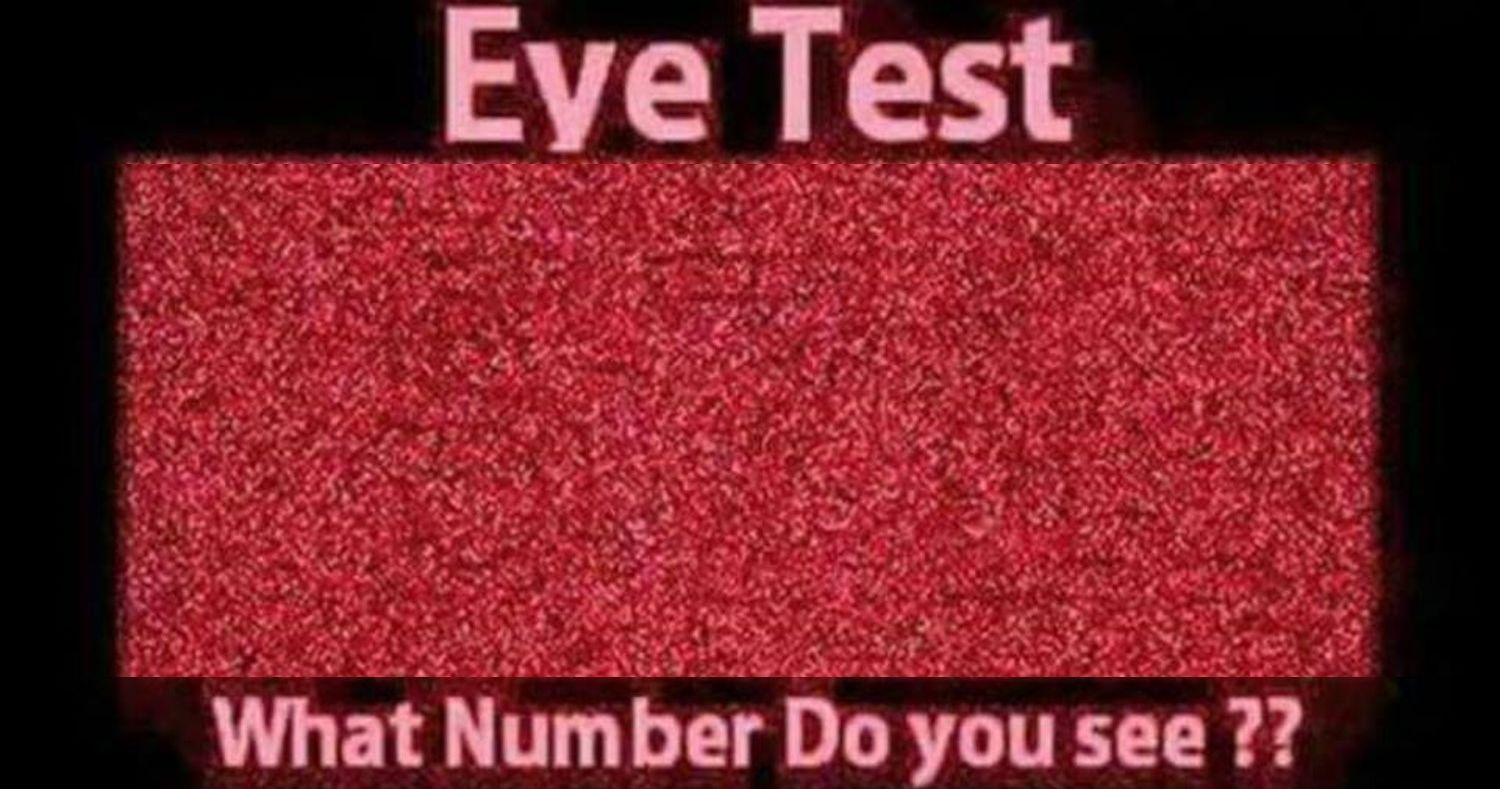
Can You Actually See As Well As You Think You Can Simplemost
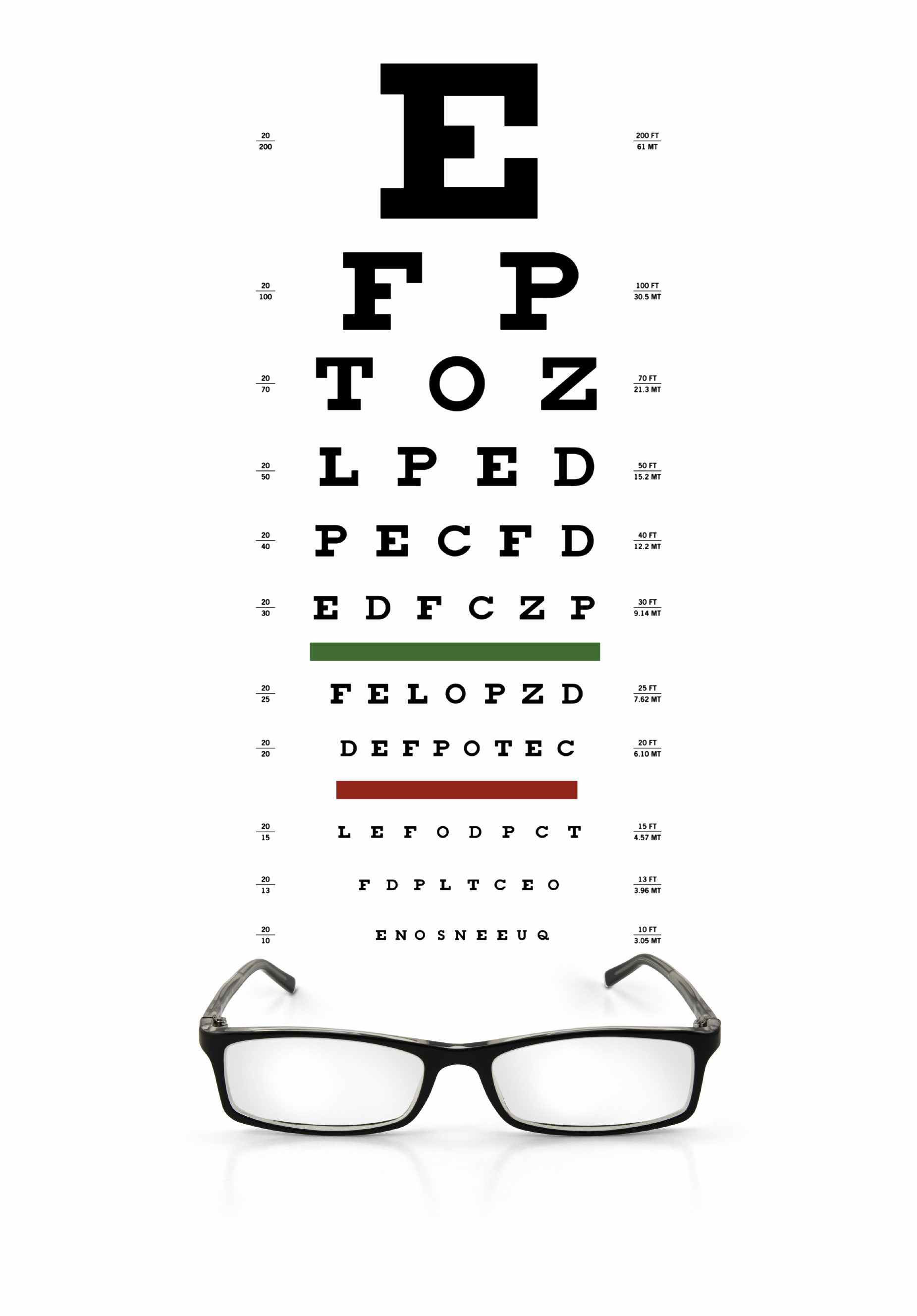
Understanding Your Eyeglass Prescription Discovery Eye Foundation

